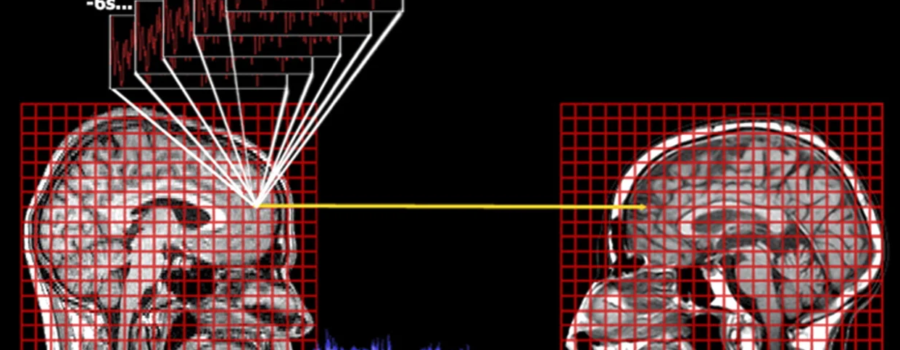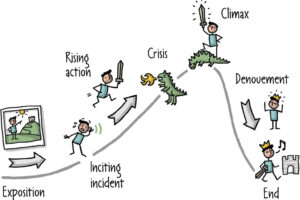What happens when you read a great book, or watch an amazing movie? You remember it for a very long time and rush off to tell all your friends and family about it. You encourage them to read it so that they can share the same experience. This is actually because of what happens in your brain when you absorb such a story.
You may have come across rules that explain how to tell a good story, like “pull people in” or “be visual”. These rules are widely used from children’s cartoons to full on informative novels. However, these rules lack the connection that will empower a great story: relatability. People often tend to connect to the characters in the stories they read as their neurons fire in nearly identical ways as the person telling the story. This phenomenon is known as “neural coupling”. Neural coupling also explains to a wide degree how empathy works. When our brains undergo the same neural patterns as others, we are more likely to come to understand the actions and thoughts of the other person. Therefore, stories with more relatability, that is, stories that depict an everyday normal person going through the story is more likely to be moving and high rated than those that depict godly beings that we humans cannot relate to.
In conclusion, being able to visualize and relate to what the character in a story allows us to connect on a personal level with said story and appreciate it more. This is why visualization is a key attribute in a good story.
Sources:
- How You Can Use the 4 Cs to Tell Better Marketing Stories: https://www.branddrivendigital.com/four-cs-marketing-stories/
- The Neuroscience of Telling a Story: https://neuroleadership.com/your-brain-at-work/the-neuroscience-of-storytelling/







Most Commented Posts